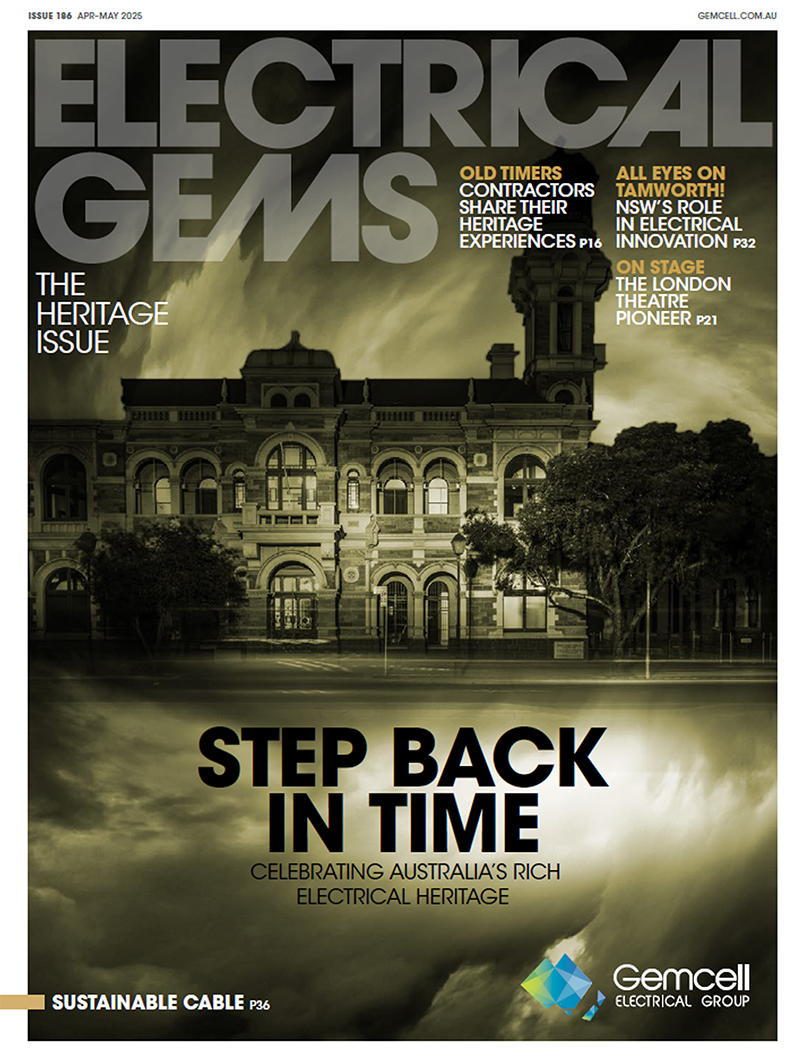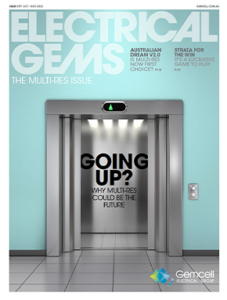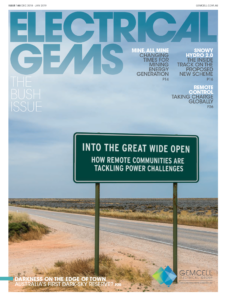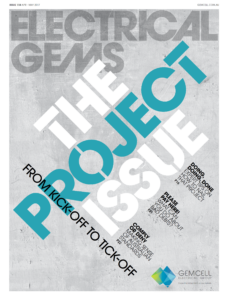What are the opportunities for electrical contractors in heritage building projects, and where can you add the most value? We find out.
Daniel Johnson, Director & Owner, Immaculate Homes, says:
How early in the project do you involve electrical contractors in the planning process for heritage buildings?
All contractors should be selected as early as possible in the conceptual design phase. Each contractor’s individual expertise will inform decisions on how to preserve the architectural integrity and historical elements while updating any outdated systems and meeting modern code. Getting them involved early can help identify any potential challenges with load capacities, wiring constraints or use of new technologies like smart wiring systems.
What are the most common challenges you encounter when integrating electrical systems into heritage buildings?
1. Heritage material limitations
Installing cabling in stone, brick and timber components that have heritage restrictions is often challenging. Creative solutions are required to avoid causing damage and to conceal the cabling while maintaining the heritage aesthetic.
2. Compatibility
Most existing cabling needs to be upgraded to integrate newer technology, like smart systems and energy-efficient lighting. This can be technically challenging.
3. Limited Space
New technology can require dedicated spaces for electrical equipment. This needs to be incorporated into the design from an early stage.
Are some contractors hesitant about working these kinds of jobs? If so, what are the typical concerns?
Definitely, and it’s mainly due to the risk of damage, hidden or unfamiliar conditions and coordination demands, which can complicate decision-making and installation timelines.
How do you approach balancing modern electrical needs with preserving heritage features in building projects?
The key is early integration. Involving the electrical contractors from the design phase ensures you can best preserve the heritage features. Also, using surface-mounted conduits with decorative covers or wireless fixtures and fittings can avoid structural alterations, although this can be less than ideal.
Can you share an example of a successful collaboration with electrical contractors on a heritage building?
A great example is a renovation of an early 20th-century dwelling we completed in 2020. Although we were awarded the project after the approval stage, the electrical contractor was engaged immediately to advise on the best wiring routes and system placements. The light switches and fixtures were custom-designed to replicate the historical period of the original house, and we held regular coordination meetings to reduce delays and avoid any scope changes and extra costs to the clients.
Alesya Frost, Principal at Frost Architecture and Design, says:
How early in the project do you involve electrical contractors in the planning process for heritage buildings?
Once we move past concept design into more of the developed design realm, we have a greater understanding of the electrical requirements for the project. Involving electrical contractors at this point is ideal as it still gives us some scope for change if required.
What are the most common challenges you encounter when integrating electrical systems into heritage buildings?
We are working with structures that were designed without considering modern electrical systems, or how electrical systems could have been updated in the future. For example, minimal ceiling cavities, solid masonry construction or feature elements such as decorative plaster or pressed metal make it tricky to hide new wiring. It’s a challenge to balance compliance, aesthetics and functionality.
Are some contractors hesitant about working these kinds of jobs? If so, what are the typical concerns?
Heritage projects require a level of care and are often more complex and unpredictable than a typical job, so it is understandable that some contractors steer away from these types of projects. A major concern is the strict regulatory requirements when working with heritage buildings, as well as a higher risk of damage with more delicate structures. These concerns are mitigated with respect for the building and good communication and coordination within the project team.
How do you balance modern electrical needs with preserving heritage features in building projects?
It’s sometimes said that working with a blank canvas is harder in that there exists any number of options. The constraints inherent within a heritage building mean that a balance is found when we first understand the project’s electrical requirements and then how these might be achieved via the Burra Charter principle of doing ‘as much as necessary but as little as possible’.
Can you share an example of a successful collaboration with electrical contractors on a heritage building?
We are working on a Californian bungalow house that features unique pressed metal ceilings in every room, masonry construction and a magnificent front façade with shingle-clad gables. With the electrical contractor, we have determined strategies for upgrades to the electrical system, and provision for services while minimising disruptions to the existing structure and collaborated on an exterior lighting design that highlights the existing house and surrounds. It’s yet to be created and installed – so is almost a success!











































































